10 Things you Need to Know to Build a Chinese Website (Part 2)
In the first part of this article, we showed and identified 5 main points that differentiate a Chinese website from its western counterpart that we need to keep in mind in order to build a good one.
Let us summarize some of the main points addressed in the previous article:
- The style, design and structure are more complex and with much more information in opposition to the cleanness of the western websites
- In terms of user experience, Chinese are used to a great amount of links and keyword search boxes are the kings for navigation purposes
- Where to host your Chinese website is one of the first decisions to make. The most of the times we advise you to have a hosting in China. For that you will need a Chinese company to apply for an Internet Content Provider (ICP License)
- The Chinese Great Firewall blocks all websites that do not meet the content requirements that marks the Chinese government
- Your website needs to be ready to integrate with the main Chinese players. Google, Facebook and friends are banned in China; instead you will need to use the BATs (Baidu, Alibaba and Tencent).
After this little updating, we would like to further develop this post showing you 5 more crucial things to take in consideration when building a good Chinese website.
When building a chinese website, What else should I know?
6 – CHINA IS MOBILE. BE RESPONSIVE
Adapting our website to mobile is very important in any country, but in China is mandatory.
The Smartphone is, in many cases, the only way they have to access the Internet. Therefore Chinese users are much more familiar with the use of mobile devices. Keep in mind that almost the 50% of all Ecommerce transactions made in 2015 were done via mobile, compared to the also quite high 22% in the United States.
Don’t think any longer and start working on a nice mobile design… Mobile first!

7 – DOMAIN. WHICH ONE IS THE RIGHT OPTION FOR ME
In your approach to domains, three are the main options:
– Not that long ago, to have a .CN was a must. It was not possible to get it if you didn’t have a Chinese legal entity. This has changed over the time and now you can easily get a .cn domain, no matter where your company comes from, just providing a copy of your Company’s ID. As the Chinese international top level domain, your brand might be perceived as having a strong presence in China and might also bring some trust
– On the other hand, we have the .COM domain. Chinese Internet users are increasingly getting used to this domain. Major Ecommerce platforms like Tmall.com, JD.com or Sunning.com may bear much of the blame for this. It can be very good for foreign companies trying to sell their products in the Asian giant to have a .com domain as it might help to highlight the international feel of the brand
– .COM.CN is the ugly duckling in the middle still in use by many brands mixing the good things from the previous mentioned domains, but without reaching their full advantages. In any case it can also be a good solution.
Which language should I use?
Another point to think about is the language to be used. Does your brand have a Chinese name? Then you can also use its pinyin term. Pinyin is the romanization system for standard Chinese: Chinese search engines recognise the pinyin words in the URL and then link them to what they stand for in Chinese characters in order for the website not to lose coherence.
Our advice?
Don’t get crazy about the domain, they are usually not that expensive. So, in case you can afford it, try to get the three of them (.com, .cn and .com.cn), plus their pinyin variants and redirect them to the main one; depending on your strategy.
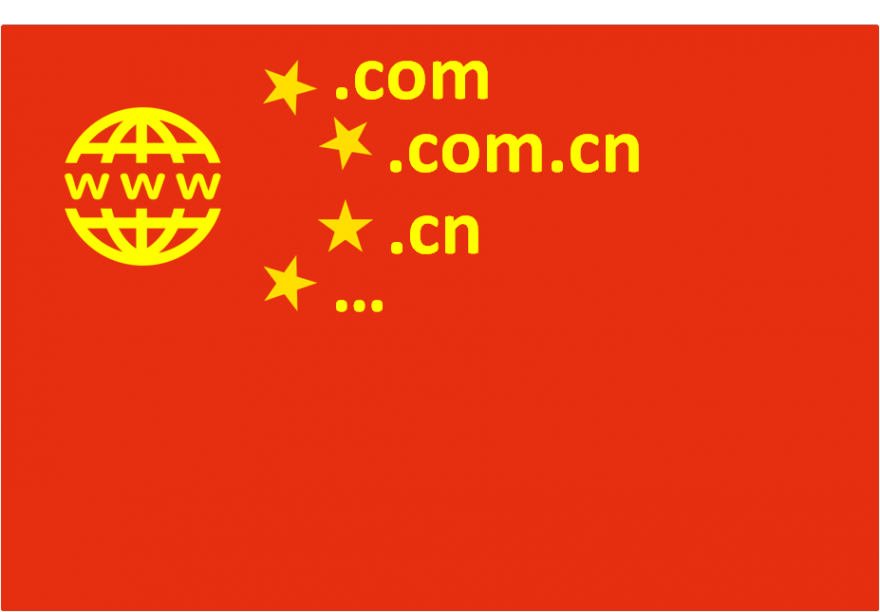
8 – CONTENT. DON’T GET LOST IN TRANSLATION
It is important to know very well your main target markets as the language will differ depending on it. It might be obvious to mention it, but it wouldn’t be the first time that a company’s target consumer is in Hong Kong, Taiwan or Macao and the language used for the website translation was simplified Chinese instead of traditional Chinese and the other way around. That is a major and silly mistake that takes a long time to revert.
I don’t want to mention either the fact that a Google translated web does not help at all, but I am doing it because I have seen too many. It is mandatory to let a professional team take care of the translations. In 2 Open we separate this process in three parts:
- Translation, interpreting the main message that the customer wants to transmit to the final customer, done by a marketing professional in our team
- External review, done by a professional translator outside the team
- Final review, done by another marketing professional in our team
You might not believe it, but in certain cases we still get minor complaints. This is because Chinese language can be interpreted in many different ways. Therefore translations are always a difficult point in the list.
Is Customization a mandatory requirement?
Let’s not forget about the Chinese cultural customization. Website localization embraces translating and localizing a site into different languages making sure all content (text, images and videos) is translated correctly in an accurate, cultural and technical manner.
As stated before when talking about content, we are also talking about images and videos. There are no written rules and it has similarities to the domain section we discussed above. There are brands like Nike or Zara that prefer to maintain their international feel using western models in their multimedia strategy. Many young Chinese users welcome this method, but not all of them. Depends on the strategy you want to follow.

9 – PAYMENT OPTIONS. CREDIT CARDS? NO, THANKS
In the previous post, we wrote about the BATs (Baidu, Alibaba and Tencent). In China, the online payments market is currently dominated by two of these two tech giants – Alibaba’s Alipay and Tencent’s WeChat payment with 49.2% and 20% market share respectively.
These companies try to increase their market share by adding more brands and merchants within their ecosystem; something that both companies effectively handle. Also cash is king, as cash on delivery holds a strong position. The fast and vast adoption of electronic payments via mobile is likely to counter this trend in due time.
It is actually China and not the US at the leading edge of the trends towards mobile payments technology. Just for putting an example, both WeChat and Alipay have long used the now famous QR codes to let Chinese netizens pay for purchases and transfer money. It seems they have jumped over some natural technological development processes. This kind of behaviours can be quite normal in undeveloped countries that start to grow very rapidly.
What happened is that they adopted the mobile payment technologies even before implementing some existing ones as a huge percentage of the Chinese population accesses the Internet via mobile devices.
Another tip?
Get ready to integrate Alipay in your website as first and mandatory option. And seeing how fast Tencent WeChat payment is growing, that would be your second natural option.

10 – SEO
Once your website is ready, you will need to submit it to Baidu creating a Baidu Webmaster Tools account (only available in Chinese). That way Baidu will be able to index the site properly and your great Chinese adventure starts!
Search engine optimization done in Baidu is not so very different as the one you could do for Google. Anyway, we would like to note a few differences I think you need to know:
– Meta description – unlike Google and Bing, Baidu still uses Meta descriptions as a ranking factor. Keyword targeted description match users’ queries and their demands, which would help with the click through rate (CTR).
– Indexation – Baidu’s web crawling bot, Baiduspider, is not as advanced as the one from Google. As a result, you will need to help Baiduspider to discover and index your pages in different ways. Without mentioning that you can go to sleep and wake up with huge traffic losses or de-indexed pages usually caused by a penalization. Be careful what you do!
– Link building – On Baidu, it is not about the quality of the publishers’ website, it is more about the unique relevancy of the content (as it relates to your content) and the quantity of links to your pages. Baidu penalizes duplicate content and it also disallows irrelevancy. Authority and quality of the publisher is not that important (for now). In short, the more the merrier as long as it is not duplicate.
– Baidu services – Baidu offers a lot of different products apart of Search; use them and leverage their integrated marketing power. The most useful are Baidu Zhidao (questions and answers service) and Baidu Baike (Wiki service), but there are tons of other services that might be helpful to increase brand awareness and for content creation.

OTHER ASPECTS
As for the tracking, most people use Baidu Tongji and/or Google Analytics. Yes, you read it well; Google Analytics still works in China and it is the only Google service that still does. You will find many detractors, but for what we have seen there is no huge discrepancies between the data collected by both systems (usually not higher than 5%). And Google Analytics has more functionalities than Baidu Tongji.
It is also important to mention the typography. Chinese language is not easy to read due to the difficulty associated to its typography. With 40,000 characters, they are divided in strokes which amount can vary between 1 and 60. Therefore the font size should be at least 12px.

At 2 Open, we would be pleased to help you.Take the advantages the Chinese market offers.
With the cooperation of our Digital Marketing and Ecommerce Agency, China will be at your fingertips.
Do not hesitate to visit us We´d loved to hear from you!
This article has been edited by Paula Vicuña, from 2 Open.
Top Demand Side Platforms (DSP) in China
Since entering China in 2012, DSP has become a major competition area of all the “powerful and visionary” companies. Big companies like Baidu and Tencent have built their own DSP platforms, traditional advertisement agencies and new players flocked to this area, but there is no stable situation yet in this market. So if you decide to embrace this new technology, doing a test-run is highly recommended. Below are five major Chinese DSP providers 2Open has worked with before:
悠易互通 YOYI
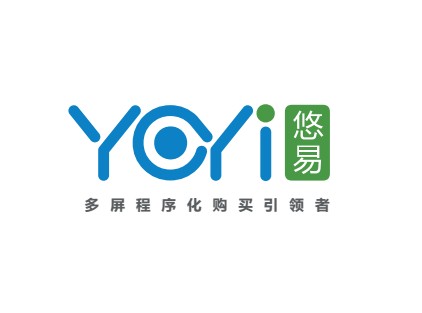
Yoyi Media is a Chinese provider of targeted online advertising and marketing solutions for advertisers and media publishers. Founded in 2007, Yoyi Media specializes in the research and development of online precision targeting technology and Internet marketing services. Yoyi provides both impression-based and performance-based advertising solutions and has developed a network of top publishers in China. Through three product-line offerings YO-Focus(TM), YO-Crazy(TM), and YO-Target(TM), Yoyi Media enables marketers and brands to reach targeted audience based on their demographics, behavior, expectation, time, and location. With support centers in Beijing, Shanghai, and Guangzhou, Yoyi Media serves top brands and their agency partners through a premium ad network that includes China’s best-known portals and vertical sites
品友互动 iPinYou
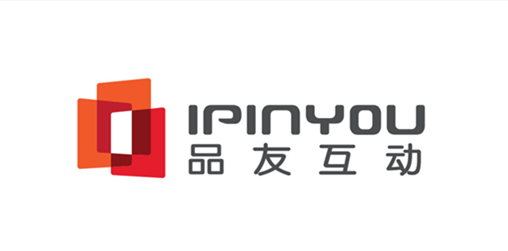
Beijing iPinYou Information Technologies Co., Ltd (iPinYou) was founded in 2008 and is now China’s largest DSP (Demand-Side Platform). iPinYou is headquartered in Beijing and has offices in Shanghai, Guangzhou and Silicon Valley. iPinYou has built world class Real-Time Bidding (RTB) technology and algorithm, proprietary cloud computing platform and patented audience profiling technology. iPinYou has served over 200 brands in IT, financial service, auto, FMCG, travel and more. It has also significantly improved the advertising effectiveness for advertisers and fostered extensive partnerships with domestic mainstream and private exchanges. It is established as a leading provider of audience based programmatic advertising technology.
传漾科技 adsame
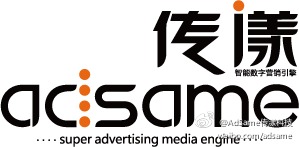
Adsame is a digital marketing agency offering advertising, data insight, and publishing solutions. It helps customers to be more concise and efficient in digital marketing. The company offers two platforms: products platform and media platform. Product platforms include Dolphin Advertising Release and Management and Eagle Advertising Monitoring and Assessment etc. Media platforms include Max Brand Advertising Network (portals, vertical, SNS, and video).
互动通 hdtMEDIA

Established in 1999, HDT Holdings Group is the pioneer both in China’s rich media industry and in rich media advertising formats. HDT Holdings Group consists of six major platforms: digital media platform hdtMEDIA, mobile media platform hdtMobile, programmatic marketing platform hdtDXP, premium publishers service platform hdtSSP, data management platform hdtDMP and mobile ad exchange platform H2.
聚效广告 MV AD
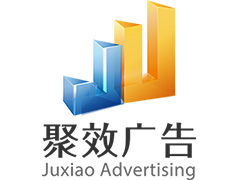
Founded in 2009, MV Ad Platform is a company specialized in targeted online advertising with an efficient and professional elite team. MV Ad platform has R&D centers in Shanghai and Beijing, and subsidiaries in Guangzhou and Hangzhou. MV Ad platform ranks among the best in resource integration, innovation and professional competence.
This article was edited by Andres Arroyo from 2Open.
References:
http://www.marketing-interactive.com/brief-guide-programmatic-ad-buying-china/
https://www.clickz.com/clickz/column/2282204/the-challenge-of-rtb-dsp-in-china



